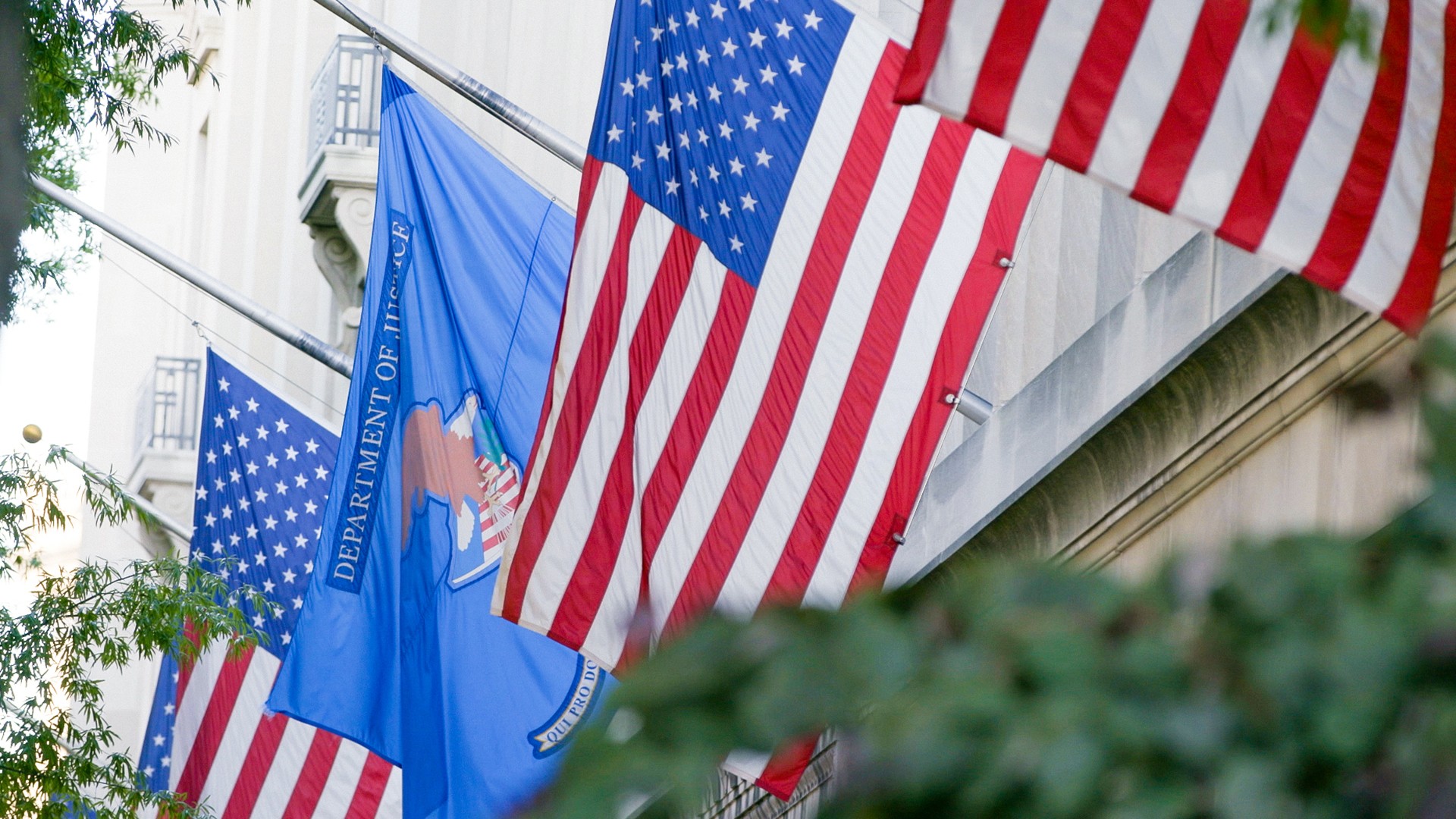Getty Images
On Sunday, Nov. 28, 2010, Julian Assange instantly became one of the most famous people on the planet, publishing hundreds of thousands of top-secret U.S. cables. A few hours later, he was begging the Kremlin for a visa.That’s according to a bombshell AP report published Monday based on a huge leak of chat logs, emails, financial records, secretly recorded footage, and other documents related to WikiLeaks’ operations in 2010.The trove reveals the group’s attempts to secure Assange’s future at a time when he was being called a terrorist by U.S. politicians, and Swedish authorities were seeking his arrest for alleged rape.Via Wikileaks, Assange published more than a quarter of a million U.S. cables that laid bare the inner workings of America’s diplomatic efforts across the world, including revelations about drone strikes in Yemen, American spying at the U.N., and corruption across the Arab world.Hours after the cables were released, Assange dictated a letter pleading with the Russian consulate in London to grant him a visa.“I can’t possibly exclude that it happened,” Shamir said. “I have a very vague memory of those things.”The 2010 link between Moscow and Assange, currently holed up in the Ecuadorian embassy in London without internet access, will bolster WikiLeaks’ critics who have been suspicious of its relationship with Moscow since the whistleblowing operation published emails stolen from the 2016 Clinton campaign that the FBI says were directly supplied by Russia’s military intelligence. Cover image: WikiLeaks founder Julian Assange prepares to speak from the balcony of the Ecuadorian embassy where he continues to seek asylum following an extradition request from Sweden in 2012, on February 5, 2016 in London, England. (Carl Court/Getty Images)
Cover image: WikiLeaks founder Julian Assange prepares to speak from the balcony of the Ecuadorian embassy where he continues to seek asylum following an extradition request from Sweden in 2012, on February 5, 2016 in London, England. (Carl Court/Getty Images)
Advertisement
“I, Julian Assange, hereby grant full authority to my friend, Israel Shamir, to both drop off and collect my passport, in order to get a visa,” the letter says.Wikileaks, via its Twitter account, denied the claims Monday, saying Assange "did not apply for such a visa at any time or author the document" and that the document is a fake created by Sigurdur Thordarson, a former close friend of Assange, who is a convicted pedophile.
However this claim was dismissed by one former WikiLeaks volunteer, who spoke anonymously over fears of retribution. "The source is not Siggi as WikiLeaks are claiming," the person told VICE News.The Russian Embassy says it does not remark on specific cases, while Shamir, a Russian-born Swedish author described by one former WikiLeaks staff member as “an anti-Semitic writer,” told AP his memory of events in 2010 is not great.
Advertisement
The former WikiLeaks volunteer said the new leaks are not that startling given what we already know. "Nothing in this first release surprises me, although had I seen this before the unforgivable events of 2016, it would have [surprised me] and would have immediately ended my volunteer work for WikiLeaks," the person said.Just 10 days before Assange published the secret diplomatic cables, Swedish authorities had issued an arrest warrant for the ex-hacker over allegations that he sexually molested one woman and raped another during a trip to the Scandinavian country in August that year.
Assange eventually turned himself in to police in London on Dec. 7, and the documents show how WikiLeaks staff worked to get him out of jail, and discussed what to do once he was released — including the possibility of jumping bail and fleeing to Brazil.
“I will advise him to seek asylum abroad: We already contacted the Ministry of Justice," Guatemalan human rights lawyer Renata Avila said in a memo. The document said Assange should “plan to escape and pay the bail money back to his supporters.”

